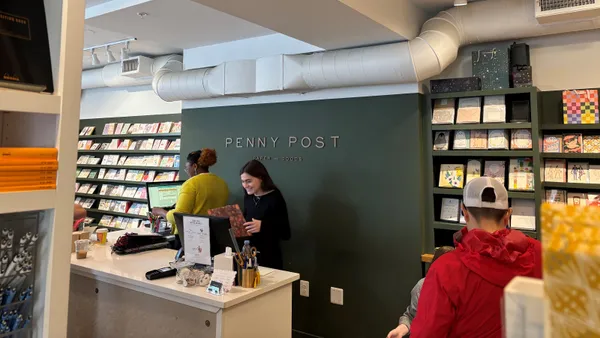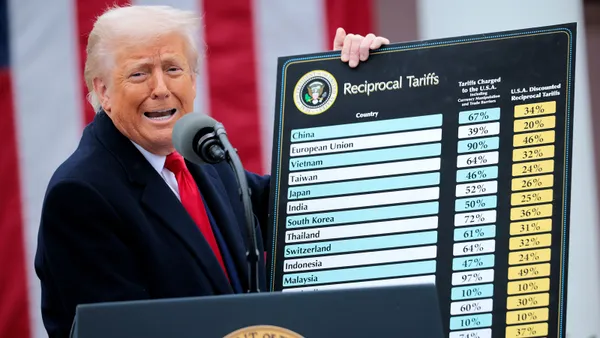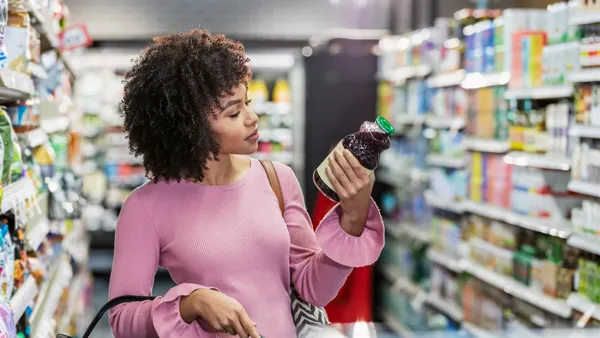For most retailers, the 2013 holiday shopping season was a bruising marathon of constantly plying would-be customers with reasons to shop in their stores or on their sites. The markdowns, perks, and shipping deals lasted well beyond Black Friday and, in fact, up to Christmas Eve. Meanwhile, January continued to batter the retail sector with cold weather and snowstorms that kept customers indoors and not that much in the mood even for online shopping at home.
Still, just as we can count on spring around the corner, 2014 does have some bright spots emerging. Here are four areas of retail that look to be strong performance spaces. In some cases, they hold lessons for retailers outside their categories, too.
1. High-end
This is the low-hanging fruit of retail success, really. After all, it’s easier to cater to consumers with fat bank accounts than to compete for the meager innards of thin wallets. Still, thriving high-end retailers like Michael Kors and Prada do have strategies that are helping them boost sales.
Michael Kors as a company doesn’t leave many stones unturned, taking full advantage of what social media has to offer. Kors himself is a known quantity and an appealing personality whose fashion sense people trust. His handbags, dresses, and other products are priced high, but not stratospherically so, and his designs are hitting fashion-conscious women’s sensibilities just right. Brands like Kate Spade and Tory Burch are poised to have similar success for similar reasons.
Meanwhile, Prada is adopting the strategy that Apple Inc. has perfected — tightly controlling its brand by keeping its goods arranged, priced, and sold the way it wants, by its own well-trained staff, in its own retail environment. Prada can hardly compete on the same field as H&M, where bottom-basement prices are tagged on here-today, gone-tomorrow merchandise. CEO Patrizio Bertelli, who recently somewhat snobbily criticized American department stores for their constant onslaught of sales, doesn’t even want the likes of Macy’s in charge of selling Prada's goods anymore. In an environment where it’s all about personalizing communications to the customer, Prada is doing just that, itself, thank you very much. After all, nothing speaks louder or more clearly than a happy-to-help salesperson showing a customer a $2,600 papaya-colored Saffiano leather bag.
2. Low-end
The way the economy works these days goes like this: There are consumers with a ton of money, those who are extremely budget-conscious, and very little in between. And that’s bringing success to dollar stores, discount stores, and outlets. Although stores like Dollar Tree, Dollar General, and Family Dollar weren’t immune to the holiday sales slump, they have remained go-to general stores for people on extreme budgets. In many cases, their margins are higher than even Wal-Mart Stores, Inc., and can be found in many urban areas miles away from a Walmart or Target.
Similarly hit by the holiday crunch but with a sunny outlook this year are fast-fashion retailers like Zara, H&M, and Forever 21. H&M, for example, reported a 15% sales rise in January, meeting its own and analysts’ expectations — a sign that the category is deemed healthy. The challenge for these retailers is to stay healthy as they battle it out amongst themselves. They must continue to meet the consumer expectations they've set, that is, for on-trend fashion at bottom-dollar prices. And they must also meet a few expectations the consumers are now bringing themselves: concerns for sustainability issues that have hurt their reputations in the past. If these retailers can keep up the pace and impress people with their good consciences, consumers will spend their dollars there.
3. Activewear
There was an unusual darling of New York’s Fashion Week this year — activewear. Top designers are racing to get in on this unusually winning retail apparel game. And here's why: U.S. apparel sales grew 2% last year and jeans fell 1%. Activewear sales, meanwhile, rose 9% to $33 billion.
The trend started with brands like Under Armour and Nike, which have been solid players in the segment for many years. But observers give the most credit to Lululemon, which has had success in the past few years in getting women to pay top dollar for yoga pants and other fitness apparel that was actually deemed fashionable. The space is heating up, too, with several top designers hopping on the activewear bandwagon — as seen during Fashion Week — and companies like The Gap’s Athleta getting very competitive with its products, prices, and Lululemon-like yoga classes and promotions through fitness instructors.
The key to this is in the design of the clothing — both in flattering fit and colors, and in top-performing fabrics that allow full range of movement and wick sweat away from all areas of the body.
Specialty fabrics can be a tricky business, however, as both Under Armour and Lululemon have found. Under Armour has made its name in outfitting top athletes with increasingly more sophisticated fabrics. But after failing to medal at the current Winter Olympics in Sochi, members of the U.S. speed skating team just this week blamed its new Under Armour suits and went as far as to don their old ones (also Under Armour) — an embarrassing blow to the activewear maker’s reputation. It was better than what happened with Lululemon, though. When its signature patented fabric was too sheer and began to pill last year, the company blamed its own customers for the problems.
Still, the activewear sector remains a winning game right now, so look for more apparel companies to join the competition.
4. Drugstores
Two major factors are contributing to the health of drugstores: an aging population with a host of health care needs and new benefits accorded to more Americans thanks to the Affordable Care Act. They provide a firm basis not only for the bottom line, but also for innovation.
A possible sign of innovation to come, in fact, flashed earlier this month when CVS, the country’s number two drugstore chain, announced it would stop selling tobacco products, forgoing a whopping $2 billion in sales. From a retail perspective, the announcement was less interesting for its very strong public health stance than for what it said about CVS' idea about its own future. CVS will increasingly market itself as a health care provider, making tobacco sales untenable. After all, you wouldn’t go to a doctor who sells cigarettes (although they once did!). Flu shots and various medical screenings like blood pressure and diabetes tests have been routinely available through most pharmacies for years now. As drugstores position themselves as wellness centers, they will likely offer more and more medical services, advice, and products. As noted, there will be more people who need them, and with the new health care law, more people who can pay for them.
Drugstores once had a soda fountain in the back, where soda jerks made chocolate malted milkshakes and cherry cokes. Those days, of course, are long gone. Most likely, the wall of cigarette packs behind drugstore counters will be, too — not just from CVS, but also from its competitors. Some say soda is next. It's unclear how much nostalgia will be felt about missing those things. Probably not much. But it will be interesting to see how drugstores continue to evolve as they gear up to help keep consumers not just tobacco-free, but healthy in a well-rounded way.














